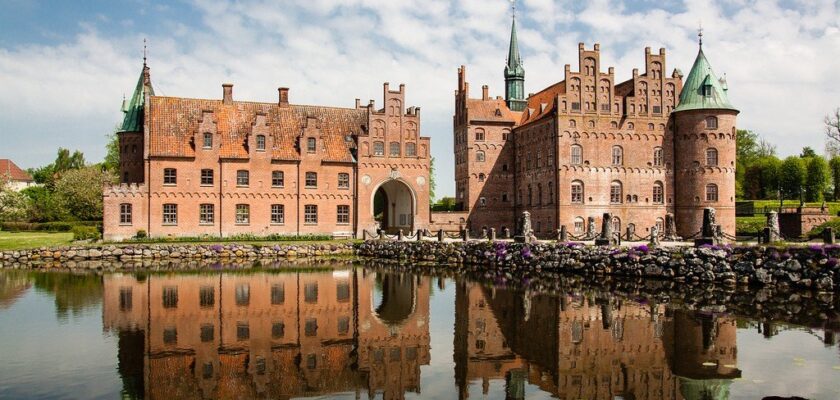Egeskov Slot
Egeskov Castle is one of the most picturesque places in Denmark. Its round towers with pointed spires look like they have stepped out of the pages of a fairy tale of bygone times, and the gardens surrounding the castle are worthy of a poem of their own. Egeskov Castle is located on the southern shore of the island of Funen and is an interesting structure called a “castle on the water”. When you approach it by boat, it seems that the towers of the castle actually protrude straight out of the water.
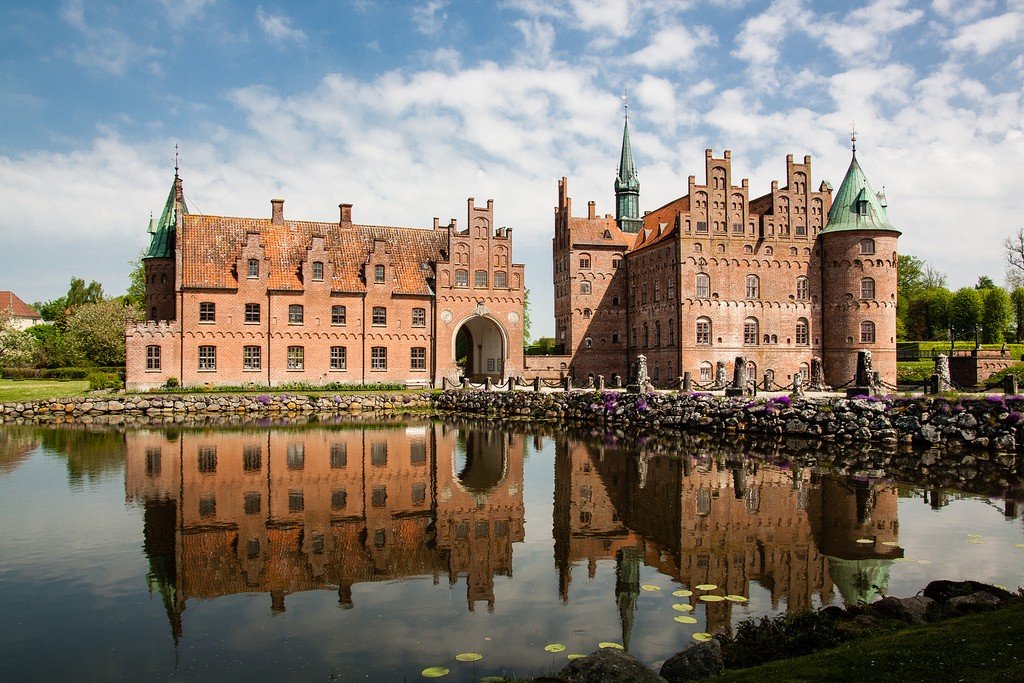
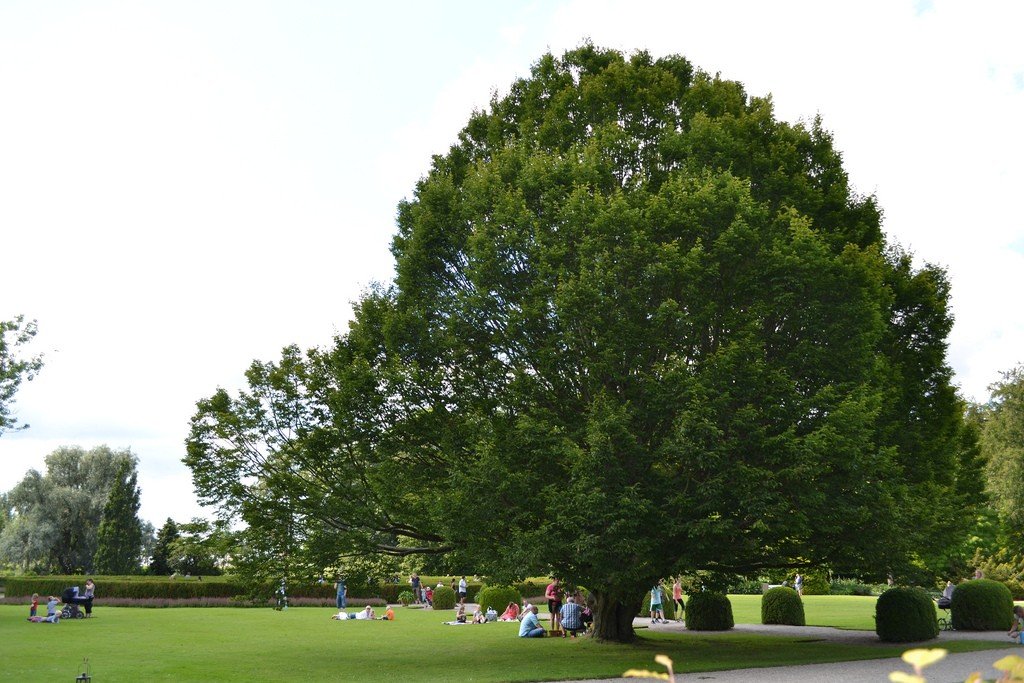
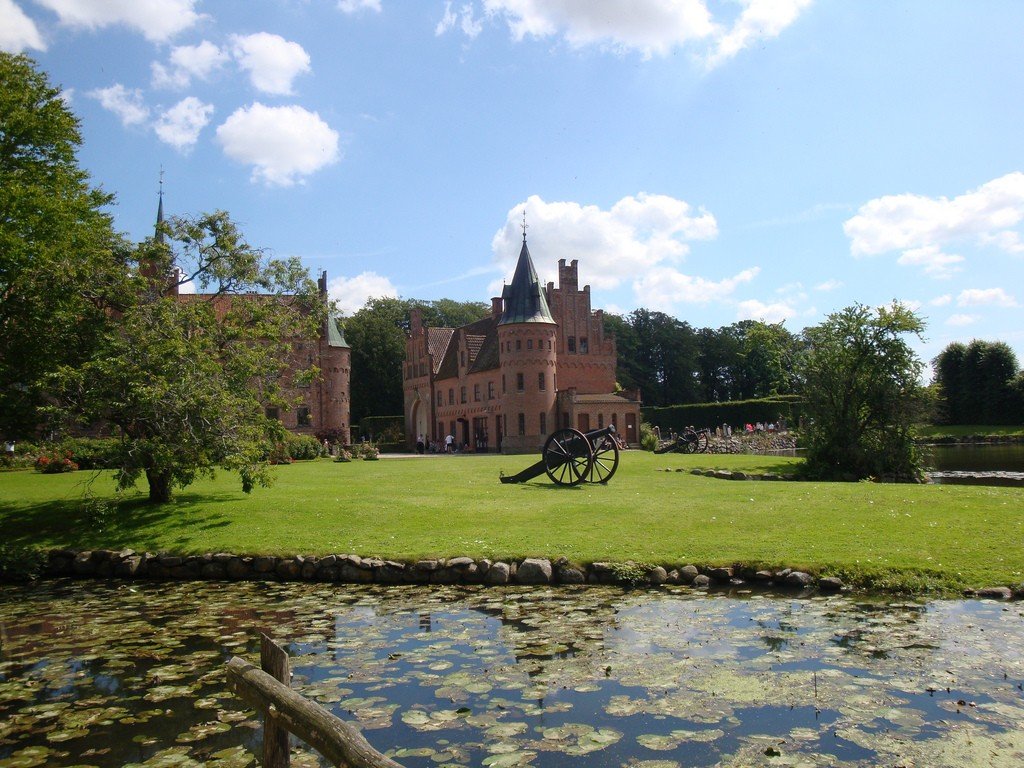
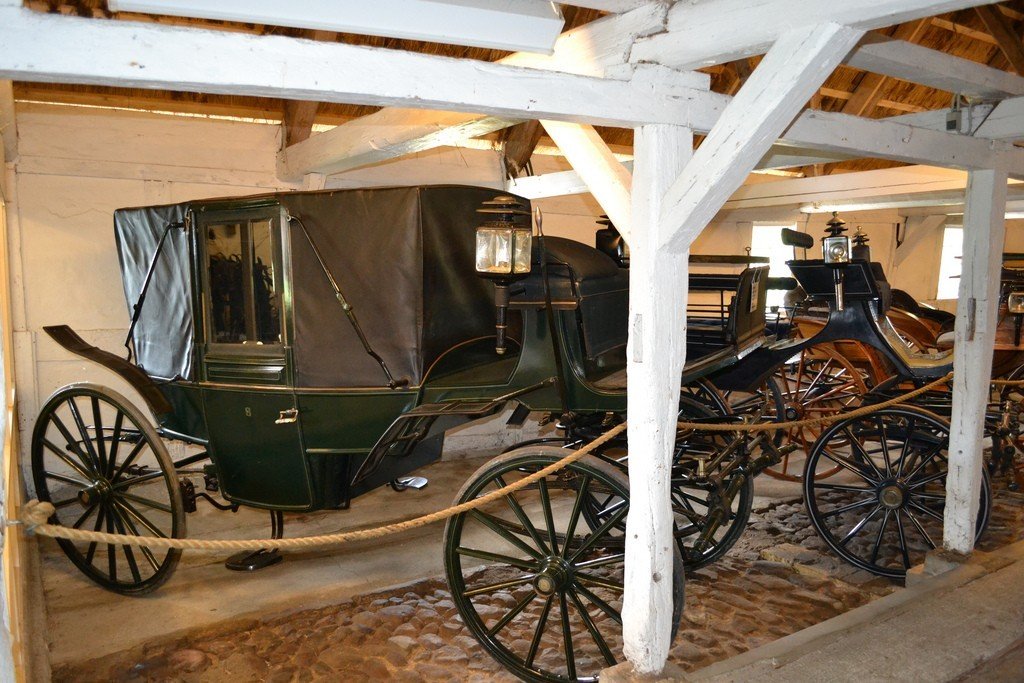
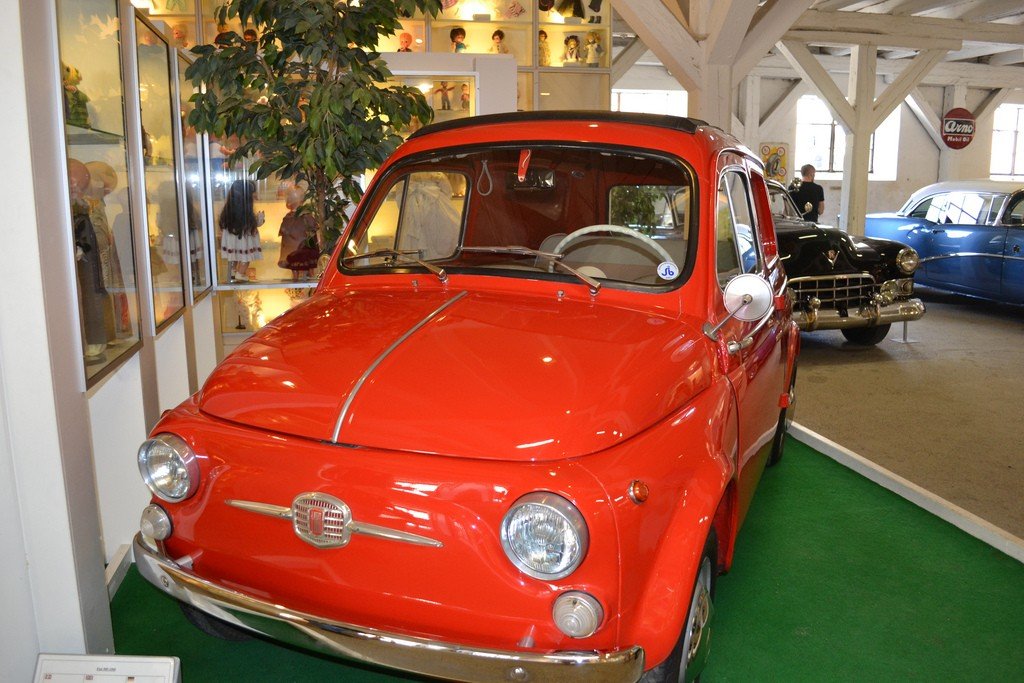
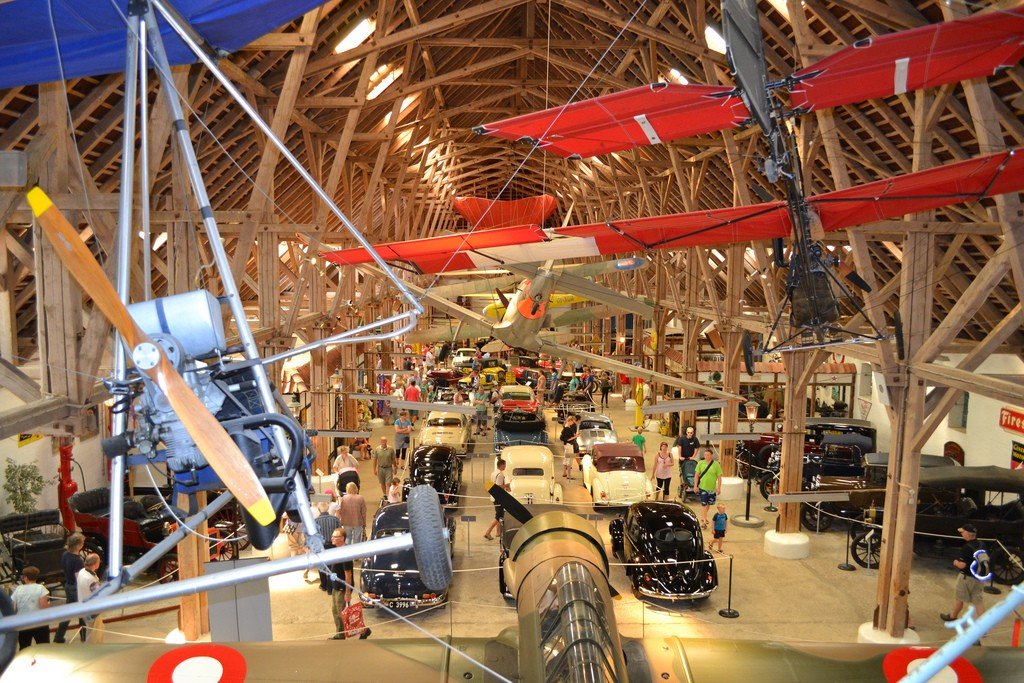
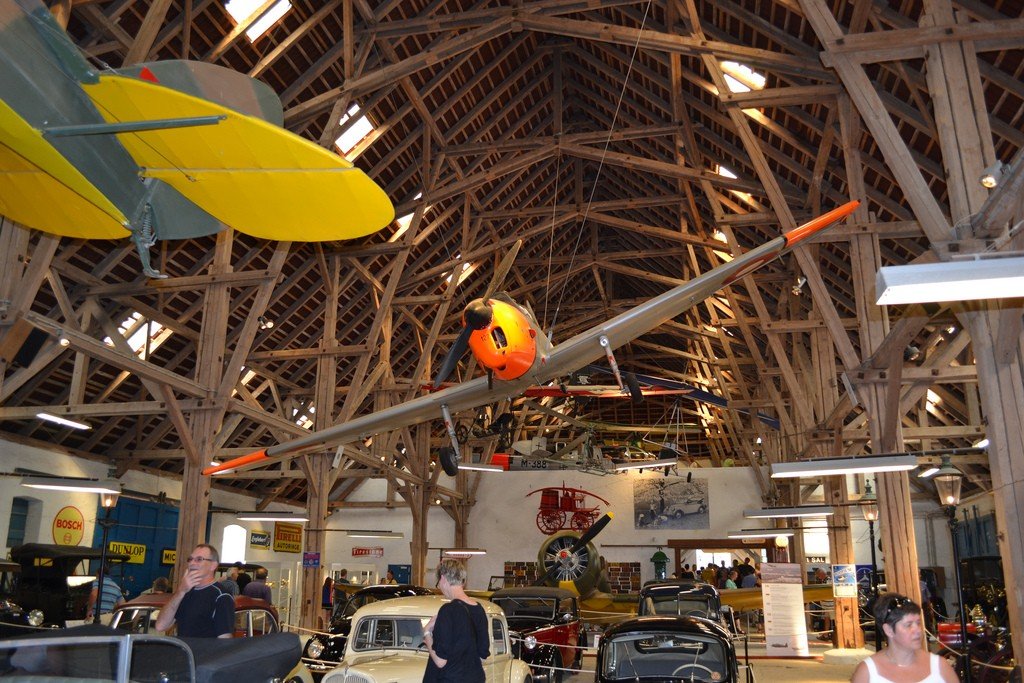
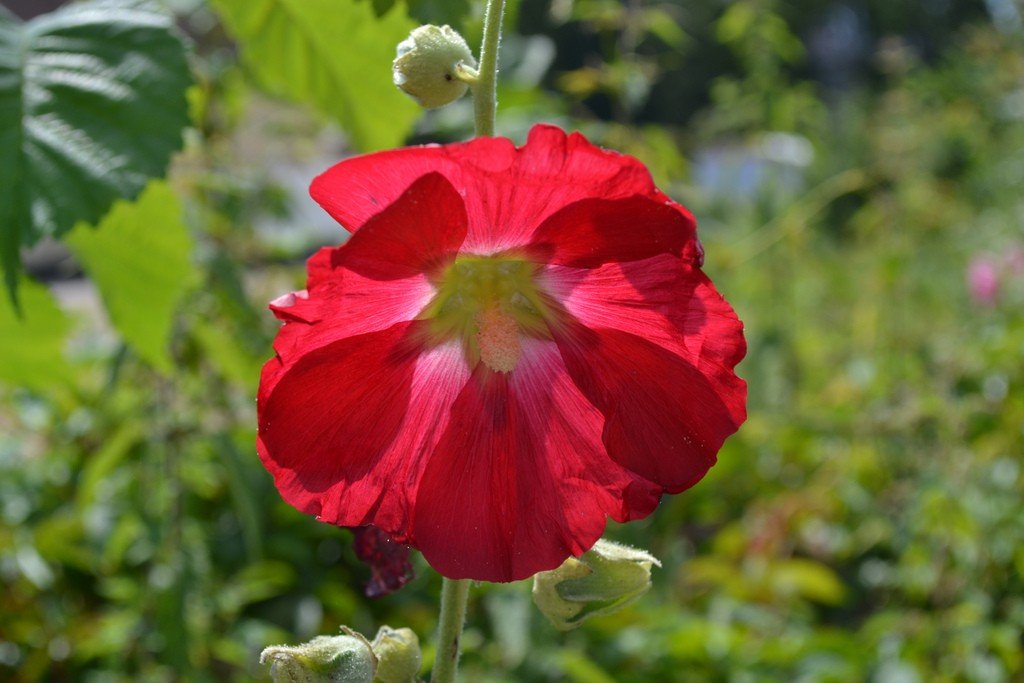
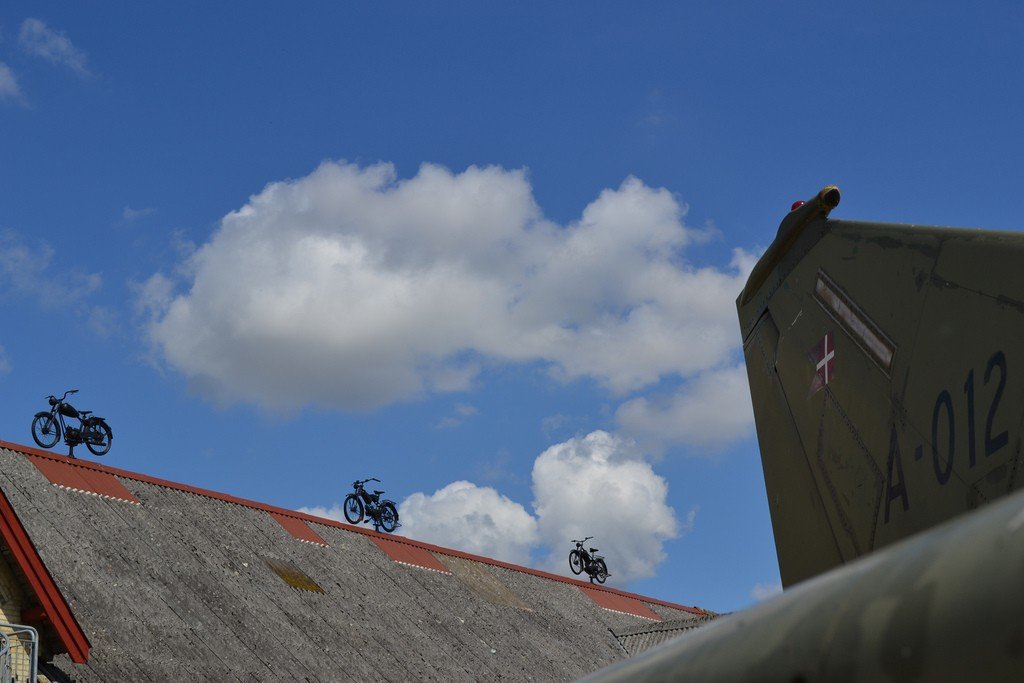
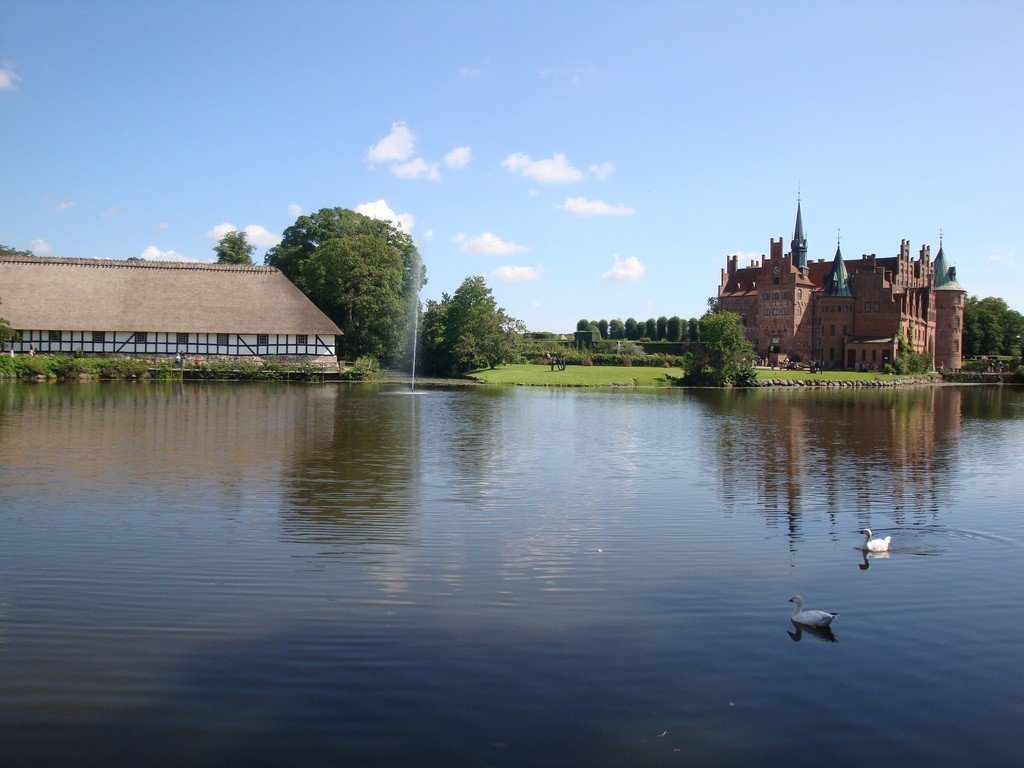
Highlights
Interesting and not too familiar to our ears, the name of the castle comes from the Danish word egeskov, which means “oak grove”. The castle is built in the middle of a lake on oak piles, which required cutting down many trees. The fact that the castle is primarily a defensive structure is evidenced by its interesting design. The castle consists of two separate buildings connected by a narrow passage. It was supposed that if enemies captured one part of the castle, it would be possible to hide in the other without any problems.
.History
The castle was built in 1554, and today it seems very fragile and rather decorative. However, it is authentically known that Egeskov was built primarily for defense purposes. The castle’s founder, Frands Brockenhuus, built the castle after his marriage on land that his wife had received as a dowry.
.
Despite the turbulent years, nothing particularly dramatic happened to the castle, although it did change several owners. In 1784 the castle was purchased by Henrik Bille, whose heirs still own it today. About a hundred years ago, the father of a little girl named Gwendolyn built a “little fairy house in the garden” for his daughter. This cottage is furnished with real furniture. It is now exhibited in Admiral’s Hall and is known as Titania’s Palace.
In 1883 the first restoration work was carried out. At the same time a dairy farm, a power station and a railroad were built. Thus, the old castle was transformed into a modern estate. The castle was opened to visitors in 1886..Attractions
The interior of the castle is a museum. When you get inside, you feel like you are in the Renaissance – you can feel like a real nobleman of those times. Furniture, decorative objects, paintings and sculptures, hunting trophies are exhibited. And on the site of the former castle barn there is now a museum of retro cars.
.
The study of Count Gregers Ahlefeldt-Laurvig-Bill, a great lover of African safaris, is now called the hunting room. It displays the Count’s hunting trophies. Curiously, attached to the head of each animal he killed is the very arrow with which the animal was killed.
.
The Yellow Room is furnished in the style of Louis XVI. All the furniture was donated by Countess Jessy Bille Brahe in 1875 for her wedding. The banquet hall has its original appearance, which was returned to it during the 1975 restoration. The most notable detail in the hall is the portrait of King Christian IV on horseback. The Victorian Hall has a mid-19th century appearance, which it regained during the 1977 restoration. The Music Room has fine Chippendale furniture and an old piano. The Admiral’s Hall has Danish furniture and Japanese porcelain.
>There is a room with a sad story. Once the daughter of the owner of Rigborg Castle fell in love with a certain Frederik Rosenkrantz (Frederik Rosenkrantz ) and became pregnant. The angry father locked the stubborn girl in her room, from which she did not leave for five years. Today, this room leads to one of the towers, which offers a magnificent view of the castle’s surroundings.
.
The pride of Egeskov Castle and the wonder that has made it world-famous is the antique dollhouse “Titania’s Palace”. Its creator is the English artist and officer Sir Nevil Wilkinson. His daughter asked him to make a house for the elves, and as a result, for 15 years the caring father created a miracle, he was helped by the best craftsmen from Ireland. The Elf Mansion contains 3000 miniature parts, including copies of many world art treasures, the palace was presented to the public in 1922.
.Around the castle there is an extensive park with trimmed trees and bushes, with manicured lawns where peacocks walk around. There are several labyrinths in the park. The oldest of them, the beech maze, is several hundred years old. The park is divided into several zones, which differ from each other in character and style. There are English gardens, Renaissance gardens, a rose garden and a garden of odors, white and blue. In the fuchsia garden there are 1,538 varieties of these lovely flowers.
>Egeskov Castle has created several very interesting museums. The most interesting is the retro car museum, where you can see the whole history of transportation, from horse-drawn carriages and steam cars to modern cars. There is a museum of agricultural machinery, aircraft. Children are very interesting to look at the wind-up toys from different countries and the doll museum (and everything for dolls), including doll houses. Older people will enjoy looking at the 30’s and 50’s merchandise that was sold in stores at the time.
.
Starting in July, the castle regularly hosts chamber music concerts. In addition, other events are constantly organized there. For example, balloon flights. To make the trip more interesting, it is recommended to look at the castle’s website in advance and see what is planned and when. You can stay in a nearby campsite or pitch your tent right in the castle garden. It’s free, but you’ll only have to pay a small deposit, which is refunded on departure..Visitor Information
The best way to visit the castle is with a group tour – an experienced guide will tell you a lot about its history. To get to the castle is not difficult and independently – in the city of Odense (30 km from the castle), the capital of the island of Funen, you need to take the train to Kvaerndrup. From here you can walk to the castle on foot (2.5 km) or take bus number 920.
.The castle is open to the public daily from 10:00 to 17:00 in winter and from 10:00 to 19:00 in summer. Entry costs about 210 DKK for adults and about half as much for children under 12 years old. A one-day bus group tour will cost you 40-50 EUR per person.
.Address: Denmark, Funen Island, DK-5772 Kvaerndrup, Egeskov Gade, 18.
.Phone: +45-622-710-16.
.